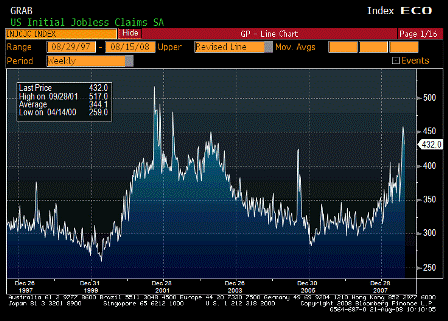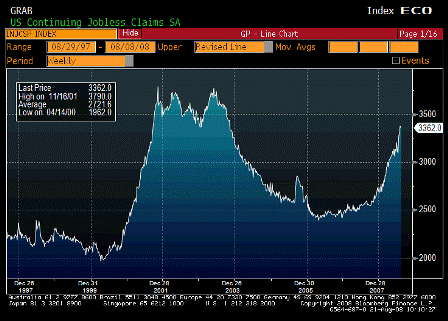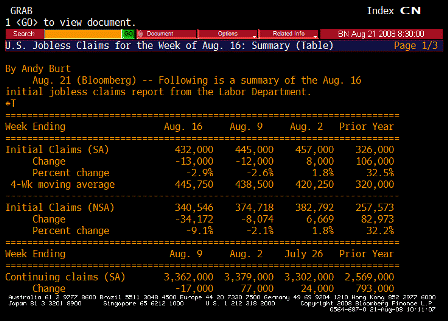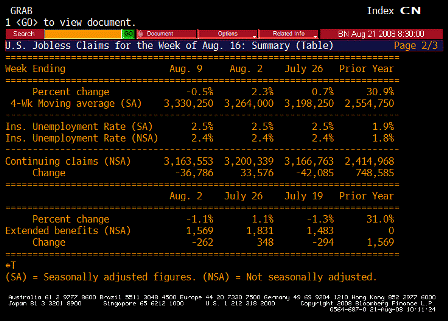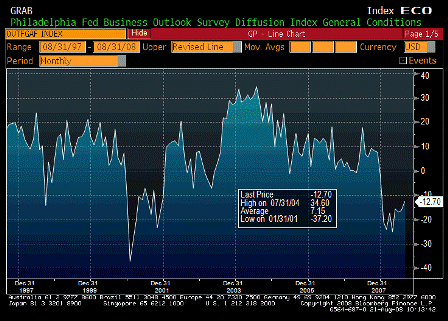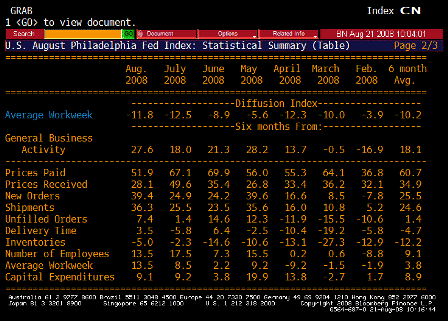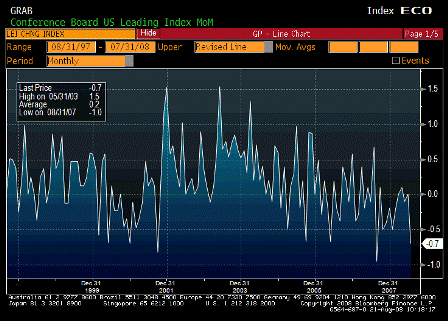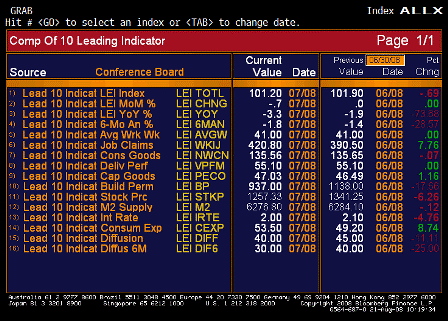Cliff Viner writes:
This is important. We’ve mentioned it before. And although the article is about Japan, it applies to many of China’s other export markets.
Yes, the whole global backdrop shifted from a deflationary to an inflationary bias over the last couple of years.
Also, with all of our outsourcing, these imports costs or some extent replace what was unit labor costs in previous cycle.
So in that sense, labor costs are rising faster than our domestic labor numbers indicate.
China Switches From Deflation Exporter To Inflation Exporter
(Nikkei) The prices of Chinese goods are rising in Japan, with sharp increases hitting anything from clothing to audio equipment. If the rise persists, China, which has long underpinned Japan’s steady price structure with its inexpensive products, could become a factor in lifting Japan’s overall price level.
According to a Bank of Japan check on the July prices of imported products, of which more than 50% are supplied by China, polo shirts and gloves cost some 9% more than in July last year. Pajamas and sweat suits also were up 4%. As made-in-China items make up 80% of Japan’s total clothing imports, higher costs can translate into higher price tags at retailers down the road.
The price rise is not limited to clothing. Imports of toys, of which 90% come from China, shot up 10% in July on the year. The price tags on bags, 50% of which originate in China, also climbed 9%. Of audio and video equipment, with the Chinese import ratio of more than 50%, audio devices increased 3-4%. Among other items, China-made cotton cloth, used mainly for bedding and dress shirts, rose to nine-year highs indicating that rising prices of Chinese imports now run the gamut.
Running to a value of 15 trillion yen in fiscal 2007, Chinese products now account for some 20% of Japan’s total import bills. According to trade statistics compiled by the Ministry of Finance, the price index of Chinese imports, which had been falling, rebounded to positive territory in fiscal 2004 and climbed 7.7% on the year in fiscal 2007 with the uptick still continuing.
Increasing prices of Chinese imports are caused in large part by rising wages in that country. Average wages of China’s urban workers rose 18.7% during 2007 over the previous year. Moreover, labor costs in China are destined to rise further with the passage of the labor contract law in January this year which encourages employers to give employees longer contracts.
The substantial appreciation of the yuan is also to blame for increasing the costs of Chinese imports. The yuan’s value rose 20% against the dollar over the three years since Beijing revalued the currency’s exchange rate in July 2005.
So the Chinese factor is casting increasingly dark shadows over Japan’s price picture. “Attention tends to focus on soaring crude oil prices as the main culprit for the recent bout of inflationary pressure, but nearly 10% of the overall increase in imported products is attributable to the Chinese factor,” said Toshihiro Nagahama, chief economist at Dai-ichi Life Research Institute. This is perhaps why many Bank of Japan economists see China as switching, as far as Japan is concerned, from a deflation exporter to an inflation exporter.
[top]

